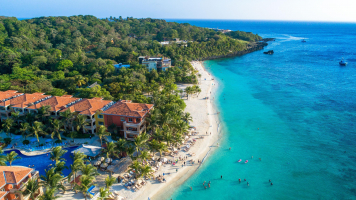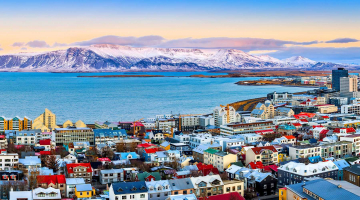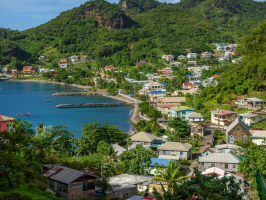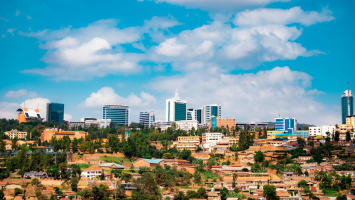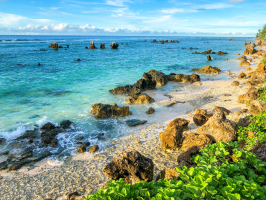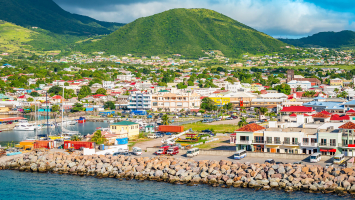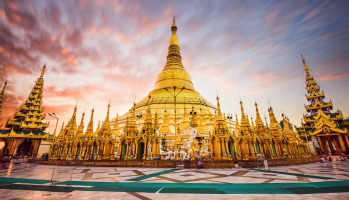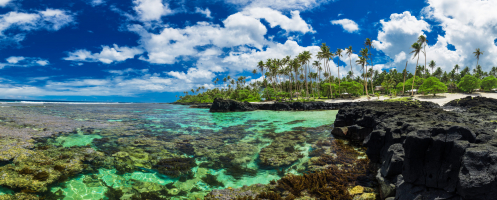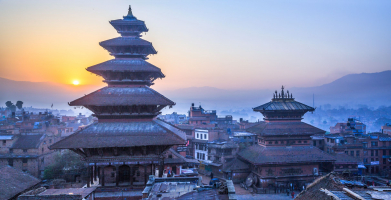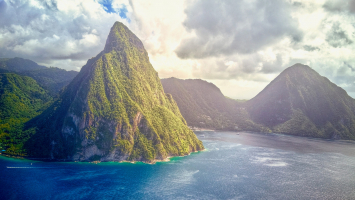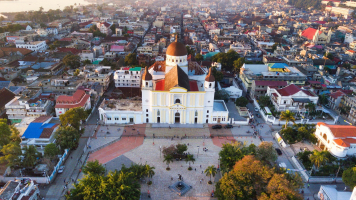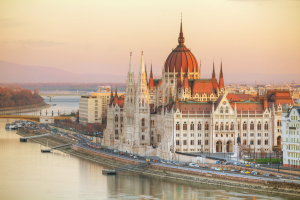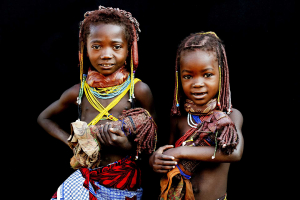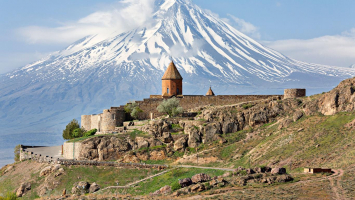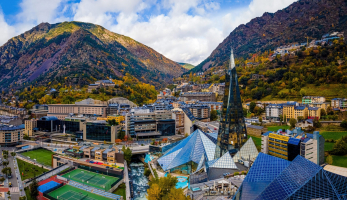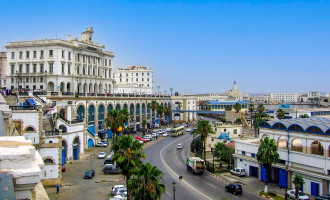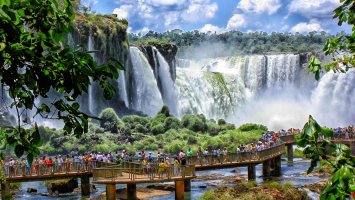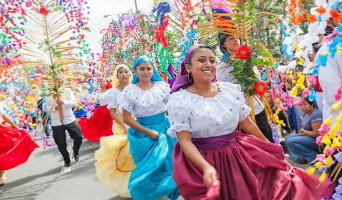Top 10 Unique Cultural Characteristics In Mozambique
Mozambique has an extensive and diverse cultural heritage. Mozambique has a tropical climate, abundant natural resources, and a diverse biological and cultural ... read more...landscape. Mozambique was ruled by Portugal, and the two countries share a common language and religion. However, because the majority of Mozambicans are Bantus, the majority of the culture is indigenous; for Bantus living in urban areas, there is some Portuguese influence. Mozambican culture has an impact on Portuguese culture as well. Mozambican food, music, movies, and traditions are now commonplace in Portugal. However, it is not because of that that this country does not bring in its own unique and distinct cultural beauty. Here are some of the unique cultural characteristics in Mozambique that you can learn more about.
-
Mozambique is a country that speaks several languages. Portuguese is the official and most widely spoken language in the country, with 50.3% of the population speaking it. The indigenous Bantu-group languages of the country vary greatly in their groupings and, in some cases, are underappreciated and underdocumented. Swahili, Makhuwa, Sena, Ndau, and Tswa-Ronga are among the most widely spoken languages. Lomwe, Makonde, Chopi, Chuwabu, Ronga, Kimwani, Zulu, and Tswa are some of Mozambique's other indigenous languages. Mozambican Sign Language is the language of the deaf community. This can be considered as one of the Unique Cultural Characteristics In Mozambique.
Apart from its lingua franca use in the north of the country, Swahili is spoken in a small area of the coast near the Tanzanian border; south of this, towards Moçambique Island, Kimwani, regarded as a dialect of Swahili, is used. Makonde is used immediately inland of the Swahili area, separated further inland by a small strip of Makhuwa-speaking territory from an area where Yao or ChiYao is used. Makonde and Yao are from different groups, with Yao being very close to the Mwera language of Tanzania's Rondo Plateau area. Prepositions appear in these languages as locative prefixes prefixed to nouns and declined according to their own noun-class. Some Nyanja is used along the Lake Malawi coast and on the other side of the lake.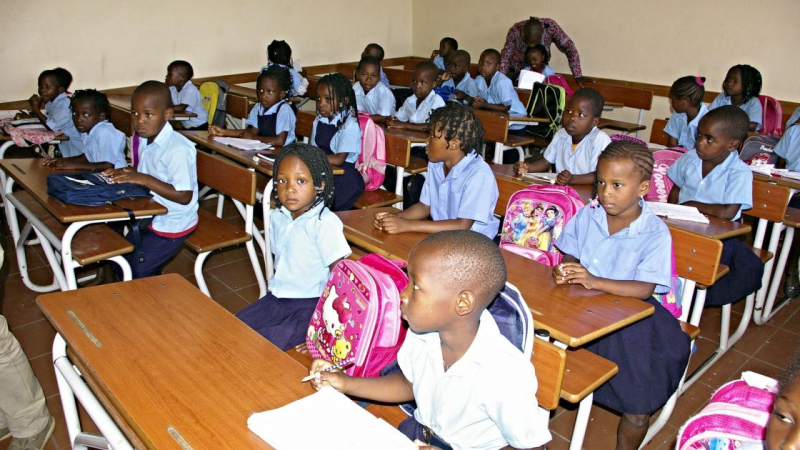
https://www.globalpartnership.org/ 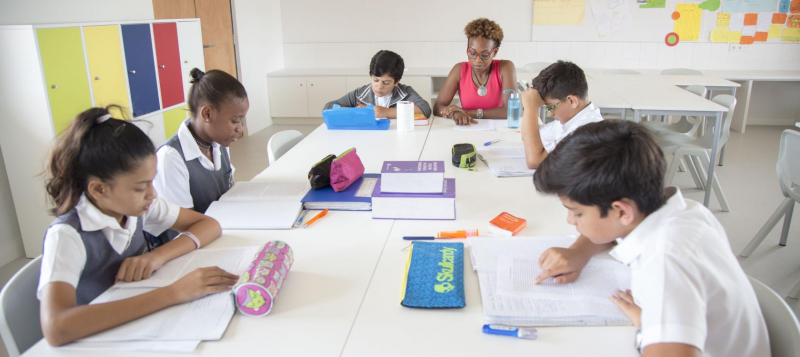
https://www.afd.fr/ -
Mozambique's religion is diverse, with Christianity being the most widely practiced faith. According to the most recent census conducted by the National Institute of Statistics in 2017, 59.8% of Mozambique's population was Christian, 18.9% was Muslim (primarily Sunni), 13.9% had no religion, 4.8% held other beliefs, and 2.5% were unspecified.
Religious communities can be found all over the country. The northern provinces are mostly Muslim, especially along the coast, but some areas of the northern interior have a higher concentration of Catholic or Protestant communities. Catholics and Protestants are more numerous in the southern and central regions, but Muslim minority populations live there as well.
According to the National Directorate of Religious Affairs in the Ministry of Justice, evangelical Christians are the country's fastest growing religious group. Religious communities, in general, attract members from diverse ethnic, political, economic, and racial backgrounds. Foreign missionary organizations are permitted to operate freely in the country. Some organizations provide religious education centers in their communities, while others provide scholarships for students to study in their countries. The Constitution guarantees religious freedom, and the government generally upholds that right in practice.
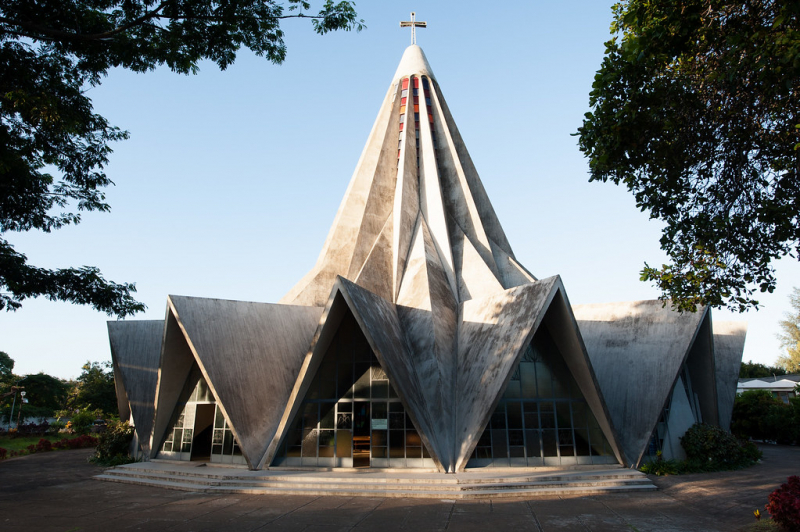
https://www.flickr.com/ 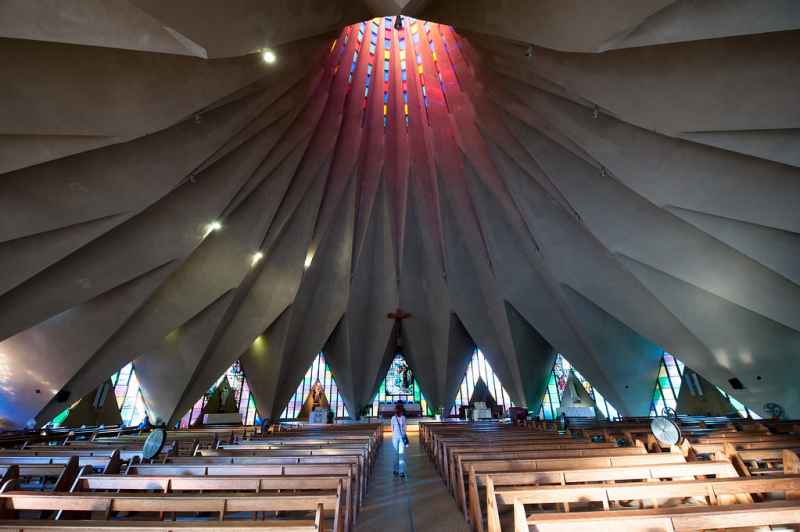
https://www.flickr.com/ -
Literary production has been limited because of poverty and a low literacy rate. Despite the challenges posed by the Portuguese colonial side, Mozambique's literature has struggled to develop and grow. The colonial cultural traditions were successfully eradicated by the Portuguese power, and many assimilationists returned to their African culture and found literary expression for it. The newspaper O Brado Africano, founded by black artists in 1918 ('The African Protest Troop'), as well as the magazine Itinerário, had a significant impact on national identity. From the 1930s, a number of poets who were critical of colonial power emerged, including Lus Bernardo Honwana, who published, among other things, the short story collection "Nós matámos O Co-Tinhoso" (1964; "Black Hands"). José Craveirinha is also regarded as one of Brazil's most prominent poets.
The founding of Frelimo in 1962 and the armed struggle gave rise to guerrilla poetry, and following Mozambique's independence in 1975, two lyrical talents emerged: Mia Couto, who was diligently translated into Swedish, and Lus Carlos Patraquim. Some writers, such as Bento Sitoe, who writes in Tsonga, have begun to use African languages. With "Balada do Amor ao Vento," Paulina Chiziane became the first woman in Mozambique to have a novel published. Mozambique's rich theater tradition is inextricably linked with music and dance, and it also played an important role in the liberation struggle.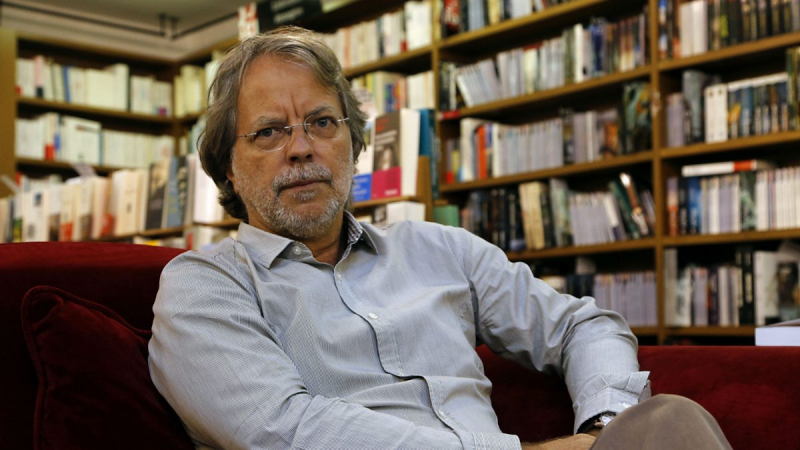
https://www.bbc.co.uk/ 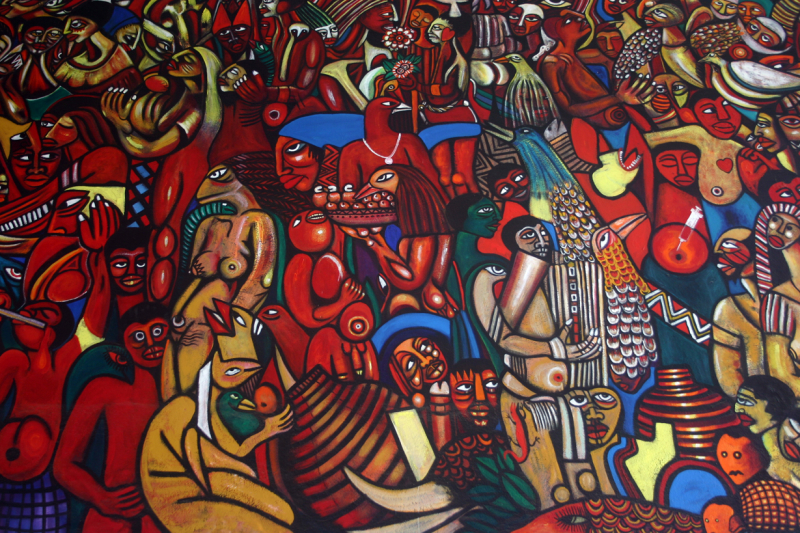
https://newafricanmagazine.com/ -
The sculptures and masks of the Makonde people have sparked the most international interest in Mozambique's traditional art. There are two types of wood carvings: shetani (evil spirits), which are mostly carved in heavy ebony and are tall and elegantly curved with symbols and nonrepresentational faces, and ujamaa, which are totem-type carvings that depict lifelike faces of people and various figures. These sculptures are commonly referred to as "family trees" because they tell the stories of multiple generations. It can be considered as one of the Unique Cultural Characteristics In Mozambique.
Modern macaw sculptures are typically one-piece dark wood compositions depicting human bodies tightly winding around each other. Modern Swahili textile designs with Islamic and Asian influences can be found along the country's northern coast.
A few colonial monumental works preserve the realism of Portuguese fascism. However, modernism is responsible for 1960s and 1970s urban architecture and visual arts. Sculptor Chissano and painter Valente Ngwenya Malangatana are both internationally recognized for their contributions to visual art and modern sculpture in Mozambique. Following the liberation in 1975, many artistically well-executed posters and murals were created. During the 1980s and 1990s, much of the post-independence art reflected political struggle, civil war, suffering, starvation, and struggle.
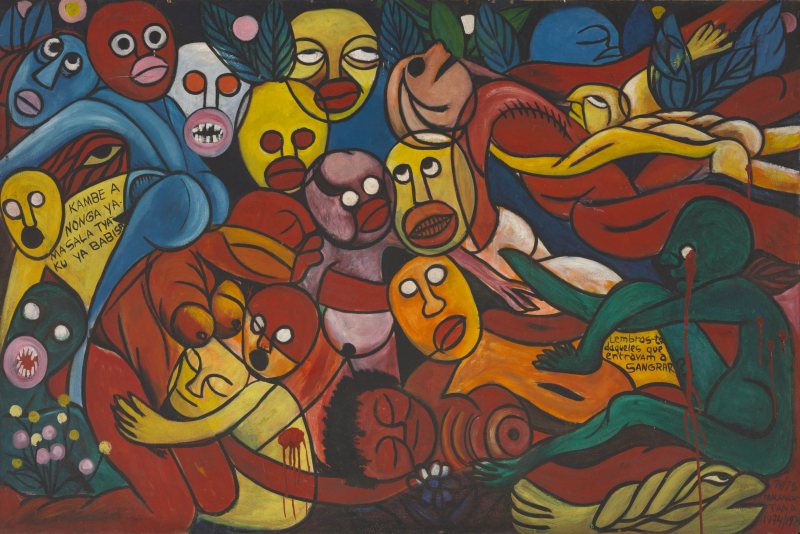
https://www.timeout.com/ 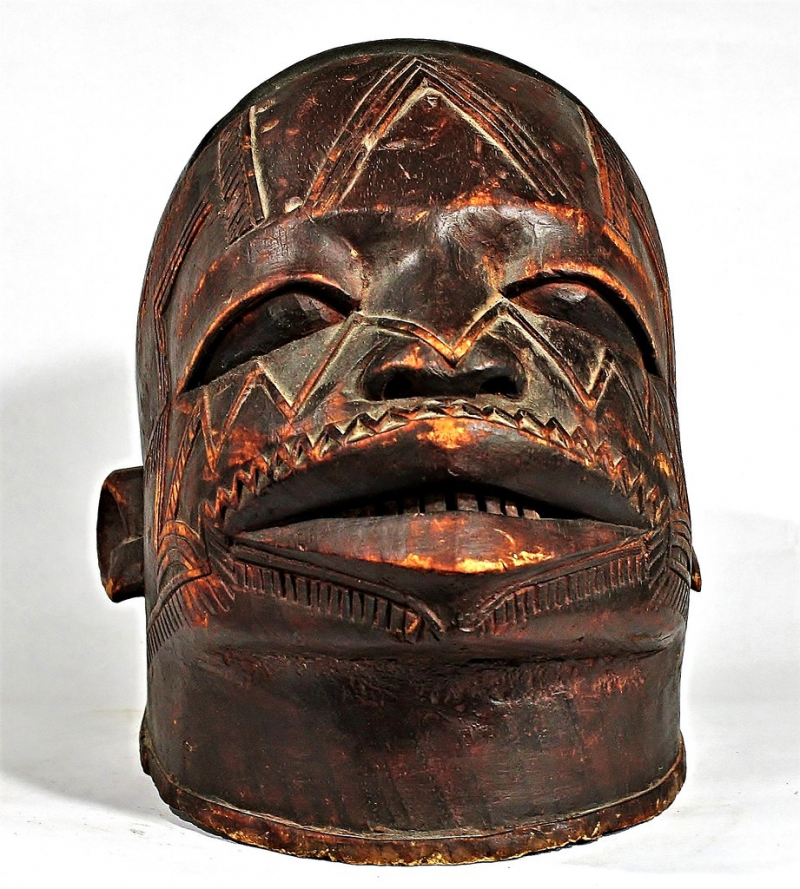
https://www.flickr.com/ -
Mozambique's diverse music culture is heavily influenced by migration, particularly early Indonesian and Arabic influences. The latter is especially noticeable in northern Mozambique, where features like unanimous and ornamental singing, table tones, and the use of instruments like the violin and tambourine (daira) can be found.
The central parts of Mozambique have a diverse flora of string and wind instruments, as well as various xylophone and lamellophone types. Complicated polyrhythmics and multiformity in responsorial form characterize instrumental and vocal music. An instrumental ensemble consisting of 6-30 xylophones in five sizes appears alongside dancers and singers in a "large-scale art work" in the chopi people's rewritten dance and poetry tradition (mgodo).
Musical arcs, lamellaphones, and guitars predominate in the south, while drums are less common. Men form singing and dance groups (makwaya) at tsonga and perform songs in South African style, while popular music incorporates influences from neighboring states such as Portuguese music and urban music.
Since then, jazz has played an important role in Mozambican popular music. In the 1990s, groups like Kinamatamikuluty pioneered a unique jazz fusion by combining saxophone with the xylophone instrument timbila. Celso Paco (born 1966), a percussionist now based in Sweden, was a member of the group. Chico António (born 1958) and the group Timbila Muzimba should also be mentioned. The majority of the artists whose music has been released are from the country's southern regions. Eyuphuro, a group from the northeastern part of Mozambique that sings on makua, is an exception. Youth in Ghana, like in many other African countries, have taken up hip-hop and developed a domestic variety.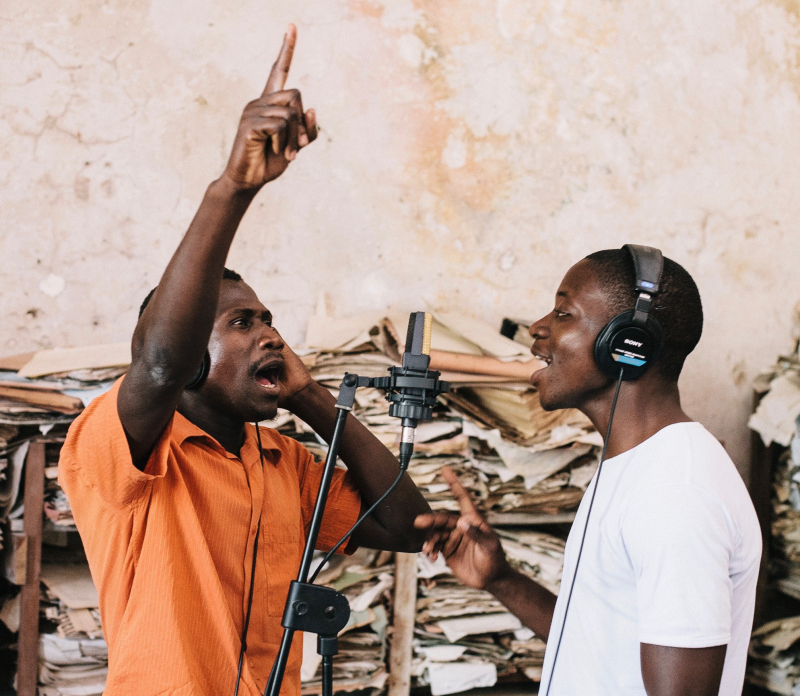
https://africasacountry.com/ 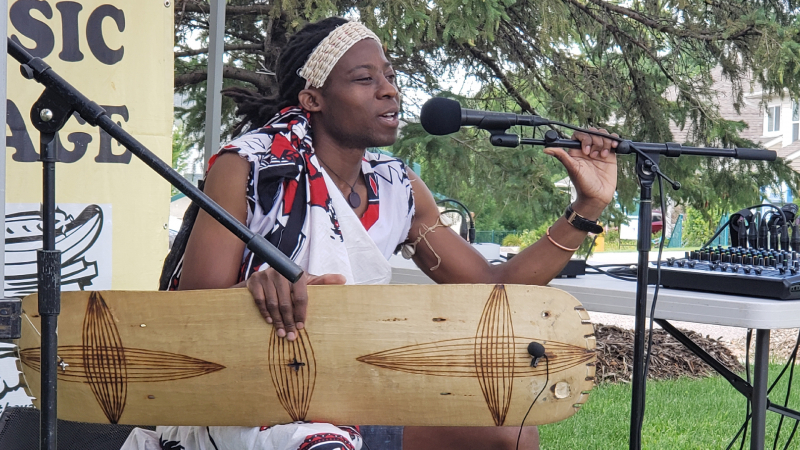
https://www.spurlock.illinois.edu/ -
This is one of the Unique Cultural Characteristics In Mozambique that you should know. Tufo is a Northern Mozambican traditional dance. The dance is performed by groups of women in Maputo, the provinces of Cabo Delgado and Nampula, and on Mozambique's island. The dance, which is of Arab origin, is performed to commemorate Islamic festivals and holidays. Traditionally, the dance is performed by dancers moving only the top halves of their bodies, accompanied by songs and tambourine-like drums. The matrilineal Makhuwa culture has also had a strong influence on the dance. Despite its Muslim origins, tufo has spread beyond the confines of Islamic communities and contexts. Tufo songs, while still performed at religious feasts, may also contain social or political themes.
Historically, both male and female dancers performed tufo, but men now only dance on rare occasions. Tufo dance groups are made up of 15-20 women who are accompanied by four men or women playing flat tambourine-like drums. Although there are usually lead singers, all of the dancers sing. Tufo dancers used to perform while kneeling down, moving the top halves of their bodies rhythmically. Tufo choreography has recently evolved to the point where dancers can stand and move their entire bodies.
Tufo songs are passed down orally and may have been written by one of the dancers or the group's poet. They are usually in Emakhuwa, but they can also be in Arabic or Portuguese. The dancers are required to wear matching scarves and capulanas, which are sarongs made of brightly colored printed cloth. Each dance necessitates the use of a new capulana.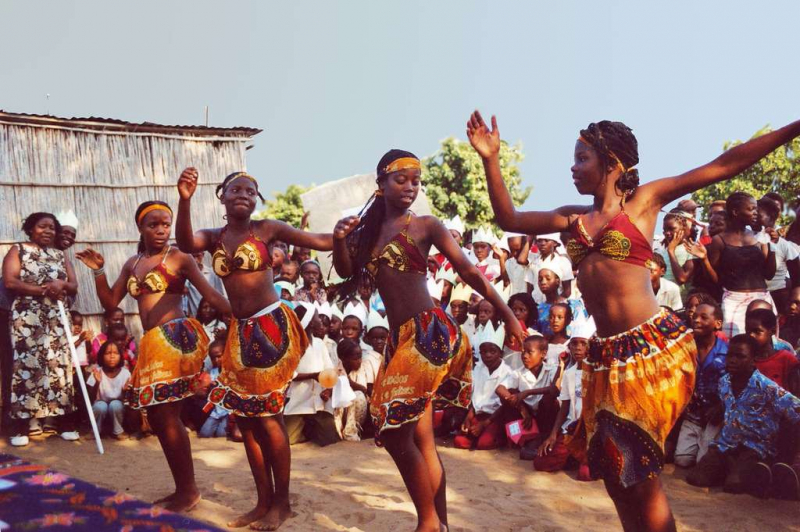
https://managedtravelservices.com/ 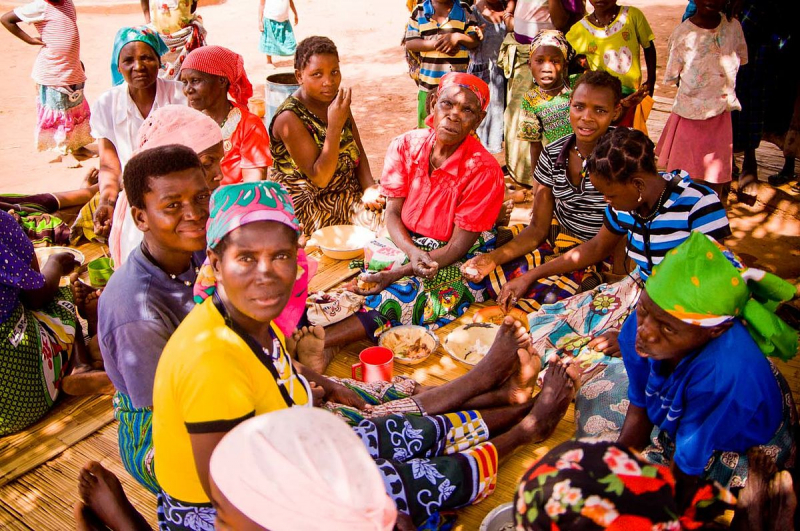
https://fr.wikipedia.org/ -
A capulana is a type of sarong commonly worn in Mozambique, but also in other parts of southern Africa. It is a 2 metre by 1 metre length of material. It can be worn as a wrap-around skirt, dress, or baby carrier on the back. It is regarded as a complete article of clothing.
Capulanas have been present in Mozambique since the Arab/Indian trade routes were established. It was obtained as a means of exchange from Indian traders. For starters, they were primarily available in three colors: red, white, and black. White represented ancestor protection, black represented evil, and red represented the spirit of war. After this point, Mozambicans preferred capulanas to the previously used animal skins.
Because of Africa's wildlife and environment, the most common early designs included suns, leopards, and lions, as well as the styles "ndjiti" (a white and red geometric design), "xithango" (plaid, with the word meaning "shield"), and "ximangelani" (wild birds spotted black and white). These styles dominated until the arrival of Portuguese colonial power. These early styles of capulana are mostly used by "tinyanga" today (witch doctors, spirit healers, "curandeiros"). In the early years of the capulana, a style with very small plaid patterns in blue and white was also popular.
Today, capulanas come in a variety of designs and colors. In Mozambique, the capulana is frequently paired with a headscarf and a tailored blouse. They are used for a variety of purposes, such as everyday casual wear, carrying heavy loads, and even carefully tailored for special occasions. Early traditional capulana colors and styles are highly sought after and command higher prices in markets today. They are highly valued and regarded as particularly beautiful in Mozambique.
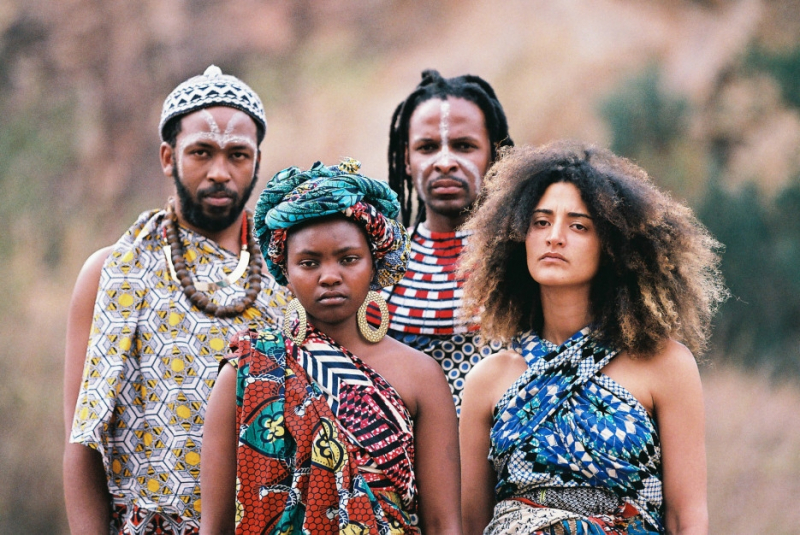
https://www.visitmozambique.net/ 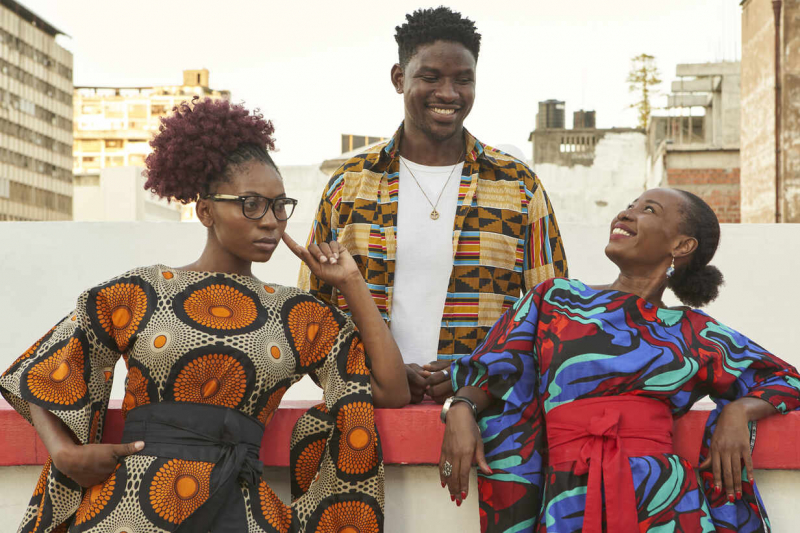
https://www.westend61.de/ -
Though many people are unfamiliar with Mozambique, it is impossible to ignore the fact that this country is also very enthusiastic about sports. There are numerous western sports available in the country, the most popular of which is football. The Mozambican Football Federation governs the sport of football in the country of Mozambique. The association is in charge of both the national football team and the national league. Mozambique has produced a number of outstanding players, including Abel Fernando Miglietti. You can also include Alberto da Costa Pereira (goalkeeper), who was a valuable football player.
Other popular sports in the country include basketball, cricket, and volleyball. The women's beach volleyball team finished second at the CAVB Beach Volleyball Continental Cup in 2018-2020. Mozambique's national cricket team represents the country on an international level. Traditional Mozambican sports such as Butterfly, named after the shape of the board, and Capoeira, a form of martial arts, are also gaining popularity. Although capoeira is more commonly associated with Brazil, it is widely practiced in Mozambique as well.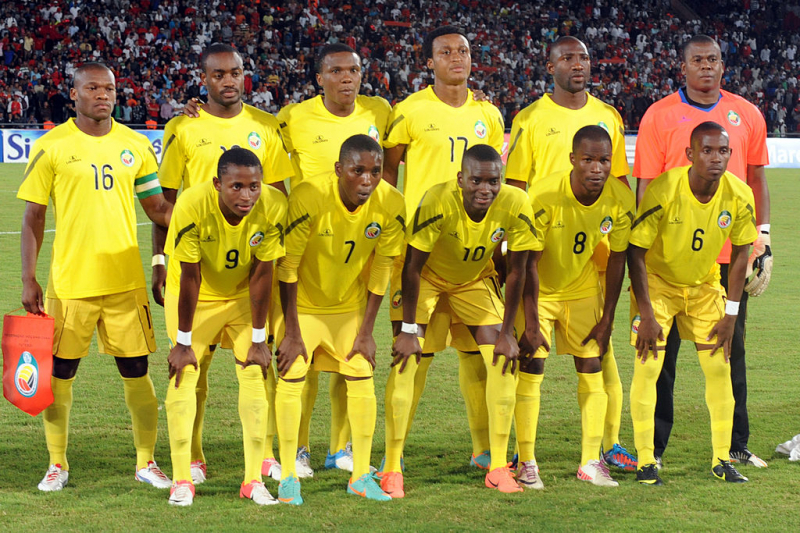
https://sportsbrief.com/ 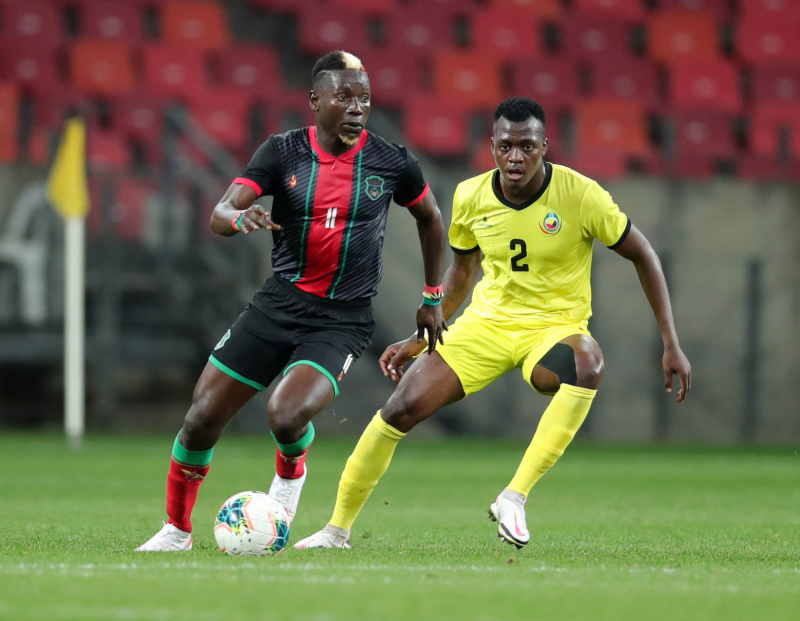
https://en.africatopsports.com/ -
In most situations, men greet other men with a handshake with their right hand. Handshakes are typically exchanged with both hands or with the left hand touching/holding the right upper arm. Handshakes are usually energetic and linger a little. Good friends may exchange light hugs and shoulder pats. It is also acceptable for two men to walk together in public. This has no bearing on their sexual preferences; it is simply a sign of friendship and closeness.
In most situations, women greet each other with a handshake, a verbal greeting, or a nod of acknowledgement. Friends and family will frequently exchange kisses on both cheeks. And what about encounters between men and women? In most situations, a handshake or acknowledgement nod is customary. The nod is more common in rural areas, while the handshake is more common in urban areas. Friends and family members frequently exchange kisses on both cheeks.
When it comes to communication, Mozambicans prefer a more indirect approach. People are often afraid of offending others, so true feelings are not always expressed. People are notorious for making direct comments about physical and personal characteristics such as how someone looks, what they are wearing, and so on. They'll comment on your weight gain or inquire about the zit on your face. The story is told completely truthfully. People are notorious for being vague about meetings, attendance, and promises to complete a task. If they believe you want to hear a time or an affirmative answer, they will most likely give you one. Accepting an invitation and declining is more polite than declining.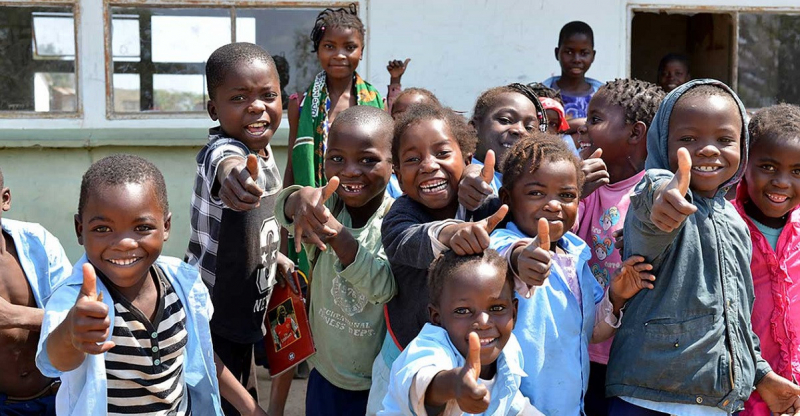
https://cicd-volunteerinafrica.org/ 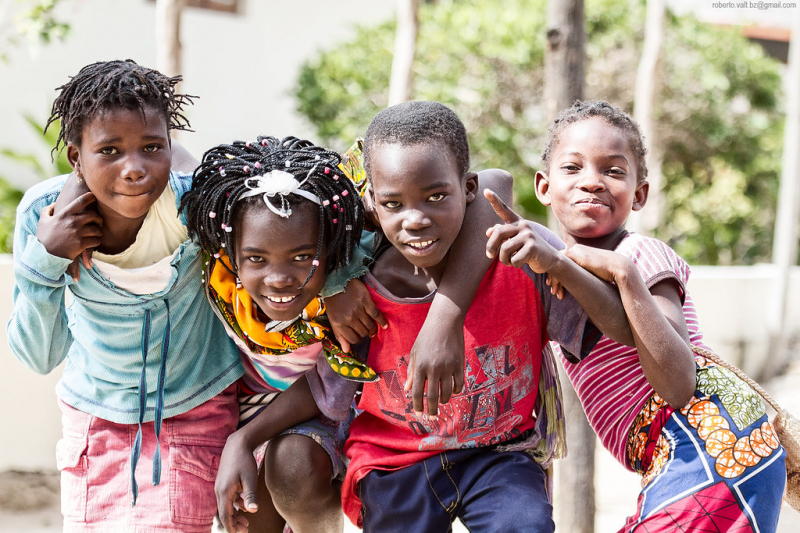
https://www.flickr.com/ -
Mozambique was colonized by Portugal, so there are many Portuguese influences in the business culture. Foreigners have a significant impact on the economy, with the government frequently turning to foreign investors when looking to privatize enterprises. It is essential to address someone by their professional title. If you don't know what to call someone, use O Senhor (Mr.) or A Senhora (Mrs./Ms.). Do not address someone by their first name unless they have specifically requested it.
Even if you haven't been introduced, you should acknowledge everyone in the room by nodding. When two men shake hands, they use both hands, shaking with their right and placing their left hand on the upper arm of the other man. Although men and women can shake hands when greeting, a woman touching a man during a conversation is interpreted as strong romantic or sexual interest.
The person who called the meeting should be the first to begin actual business discussions. Until then, you'll talk about your families, health, and social lives. The meeting will be closed by the most senior person in attendance. When you like a deal, don't show it to anyone. Maintain your cool, and even put on an air of dissatisfaction. This is how you can get a better deal. Mozambicans take their time making decisions, so expect to wait a while. Be prepared for ongoing back-and-forth negotiations as well.
Mozambicans will let you set a specific time for the meeting because they know that is what most foreigners want, but they will almost certainly be late. You should, however, arrive on time. To business meetings, men should wear a suit or nice pants, a button-up shirt, and a tie. Women can wear a blazer with a suit or a dress. Business meetings are typically held in Portuguese, so having a translator or knowledge of the language is essential. In Mozambique, January is an important month for vacation planning. Avoid scheduling business meetings during that month. Those things can be seen as one of the Unique Cultural Characteristics In Mozambique.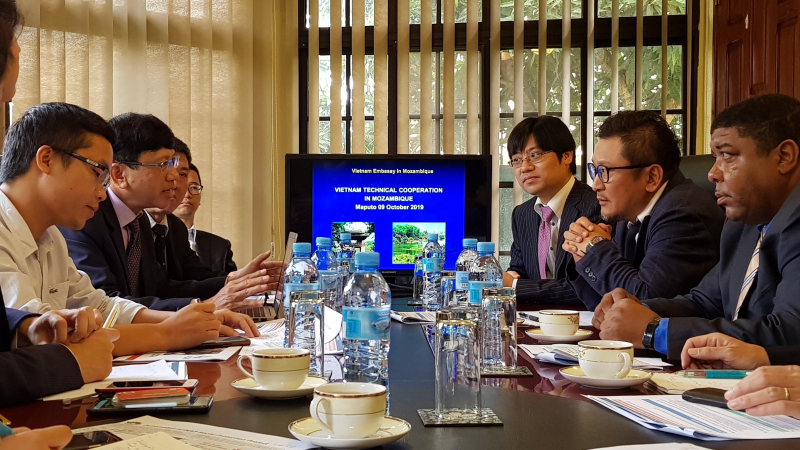
https://en.vietnamplus.vn/ 
https://thecasahoteluk.com/












